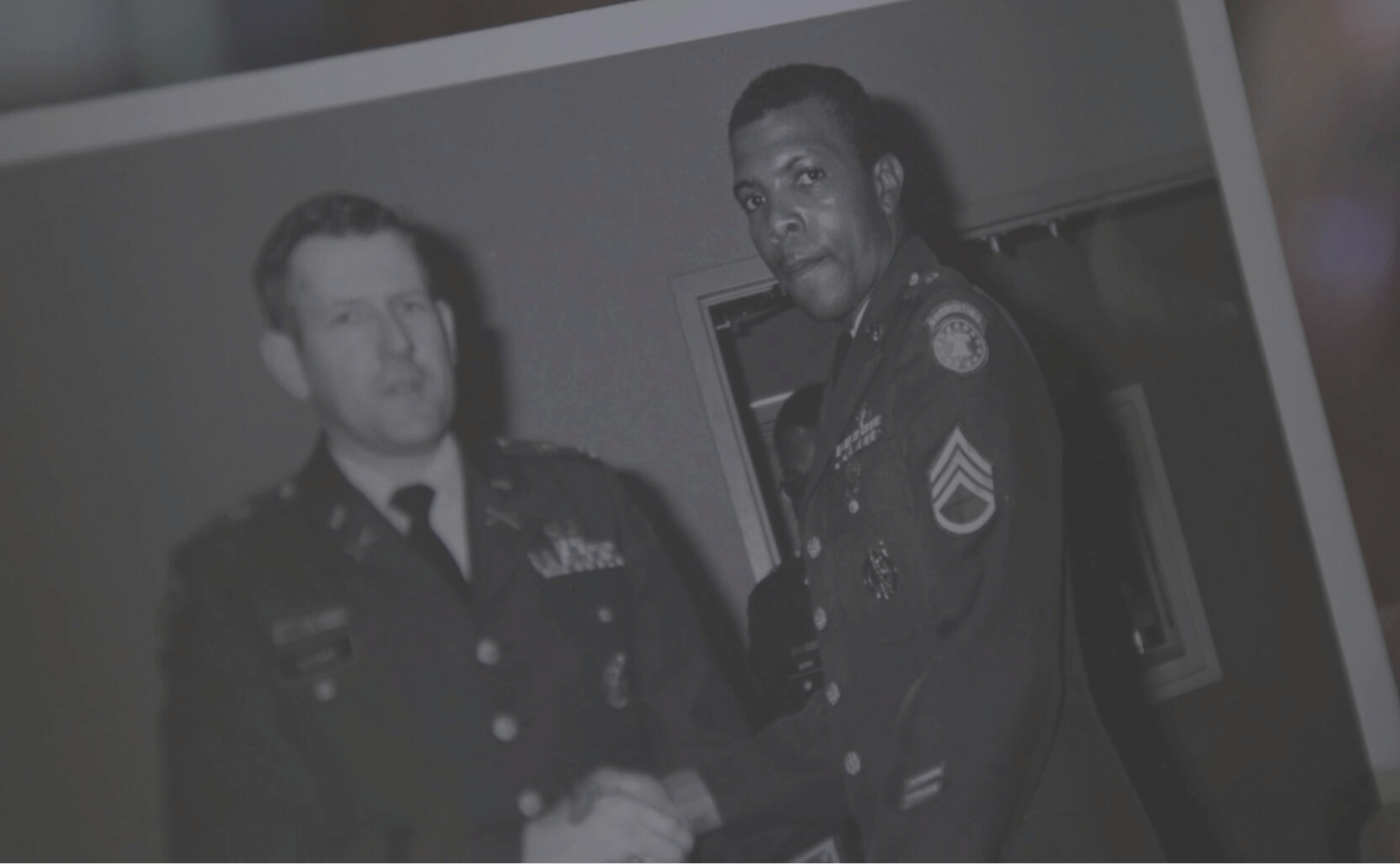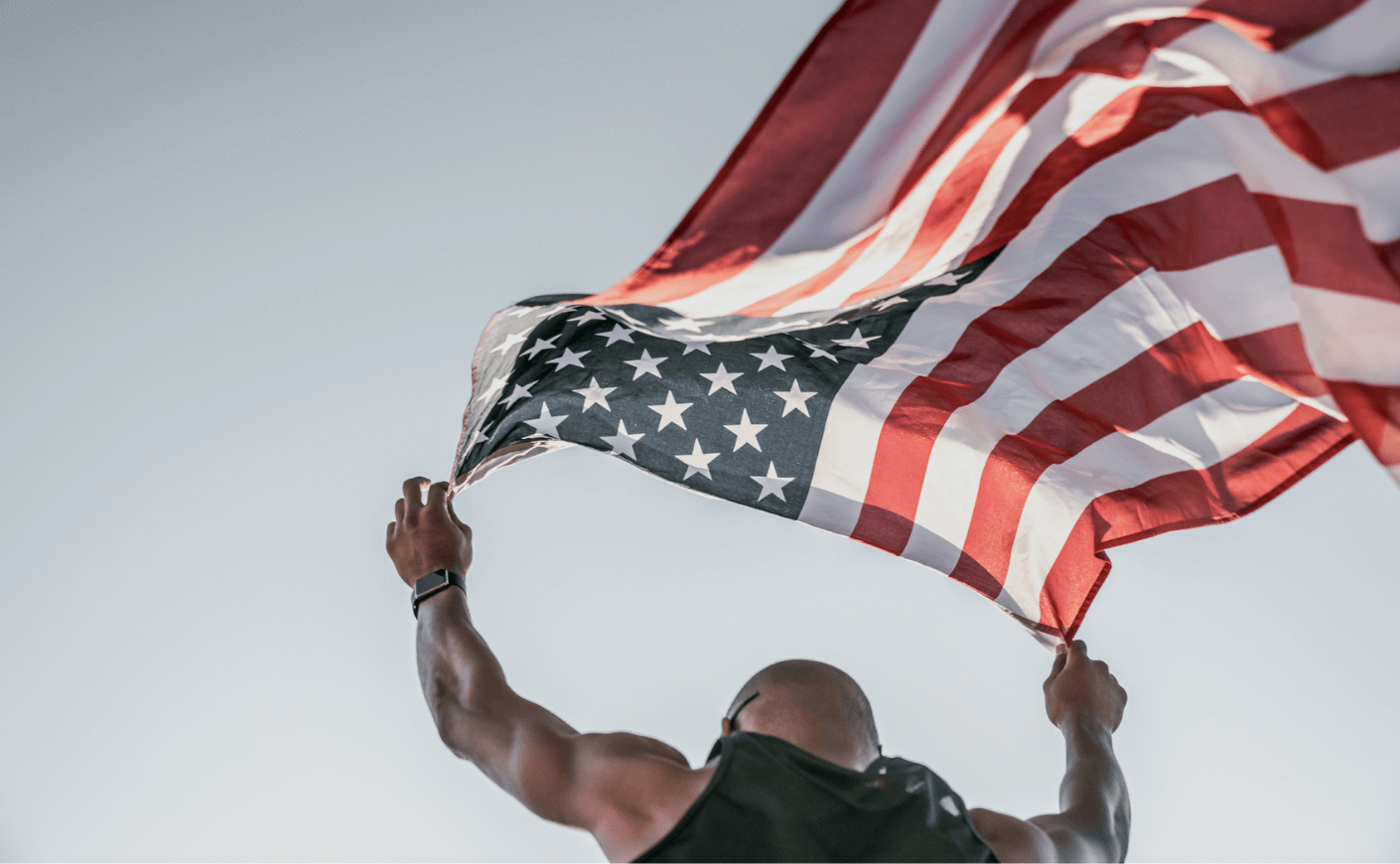Fresh out of high school in 1976, Willie Spruill was unable to afford college and enlisted in the Army instead. During his 20-year military tenure, Spruill was deployed to Iraq in 1990 and spent six months there during the Gulf War. When the Army veteran returned stateside, he began experiencing trauma, including extreme migraines, memory loss, and lasting pain from cracking his pelvis years earlier — when he’d jumped out of a plane and landed on a vehicle at Fort Chaffee in Arkansas.
“It hurt to take a shower,” says Spruill. “And I couldn’t stand looking at white walls or fluorescent lights.”
The pain became so unbearable that it caused Spruill to spiral into a depression. Some days, he could barely move (“I was walking around like a snail,” he says), and he grew weary of walking with a cane — and relying on pills to manage the pain. “If I had a gun, I would’ve killed myself,” says Spruill.

But picking up a newfound passion for running, he says, saved his life. In 2017, when Spruill’s son was visiting, the two noticed a flier promoting the North Carolina Senior Games only three weeks away. Spruill was intimidated, but intrigued; his son, Kevin, drove 40 miles to help his father sign up for the annual competition.
“I started walking a little more each day, and at the end of the first week, I was able to run,” says Spruill. “I screamed out, ‘I [can] run again!’” Three weeks after lacing up his sneakers and deciding to compete, Spruill won the 50-, 100-, and 200-meter races in the 2017 North Carolina Senior Games. “I continued to train and I never looked back,” Spruill shares. The positive energy and camaraderie Spruill found on the racetrack helped the runner reach new heights. "We're all one big family," he shares.
By overcoming the odds stacked against him, Spruill — now 65 — is a heroic example of what life can look like when a struggling veteran continues marching on, placing one foot in front of the other, and stepping into a welcoming community.
The statistics on veterans and mental health present a gut-wrenching reality: Veterans die by suicide at a rate 1.5 times higher than non-veterans in the U.S.; about 17 veterans in the U.S. die by suicide every day. Some of the top risk factors for veteran suicide? Loneliness, social isolation, food insecurity, and homelessness — all things that no one, but especially those who’ve served our country, should have to endure.
"The primary enemy that most veterans face after service isn’t war-related trauma — it's loneliness," explains Stephanie Muckey, who leads Humana’s health equity and social impact work focused on the veteran population. "Loneliness ranks higher than PTSD, disability, or psychiatric problems in contributing significantly to the risks of developing suicidal thinking."
Transitioning out of service is often the most vulnerable time for vets, especially the first 12 months, often called "the deadly gap" due to an increase in veteran suicides during that time period.
"Two things that are built into military culture get lost in that time of transition for veterans and their families: a sense of purpose and a sense of community," says Muckey, who is also a military spouse (her husband served 22 years in the Marine Corps).
That's why The Humana Foundation is proud to partner with USAA and Reach Resilience to support a new multi-year, multi-million dollar campaign called Face the Fight, aimed at achieving a 50 percent reduction in the veteran suicide rate by 2030 while also providing resources that’ll save lives in the military community.
“Our country created veterans, and we have a responsibility to take care of those veterans,” says Muckey. “This is a pool of individuals who have so much wisdom to impart to future generations, and who can be assets to every community. Seeing them for their strengths and everything they have to offer, versus focusing on some of their struggles, gives us at Humana an opportunity to serve them.”
For any veterans currently struggling to find a sense of community, Muckey suggests finding a local or national veteran organization to get involved with, such as the Veterans of Foreign Wars (VFW), Disabled American Veterans (DAV), Wounded Warrior Project, or Team RWB. “There’s help out there if you want it,” Spruill says.
"Meet other veterans and sit down and talk about the different issues you’ve been through," advises Spruill. "You'll look and say, 'Hey this guy’s in worse shape than I am, but we’re able to talk about it because we can relate to each other.' [It’s how you’ll] form lifelong friendships."
And whether or not you’ve spent time in the military, remember to thank service members, even if they’re strangers, and engage them in conversation. "Ask them something like, 'What branch did you serve in?' or 'What did you do in the military?'” says Muckey. “You might find that a veteran will open up and tell you more about themselves; that gives them the opportunity to feel heard, and to create connection, and help lift them out of isolation."









